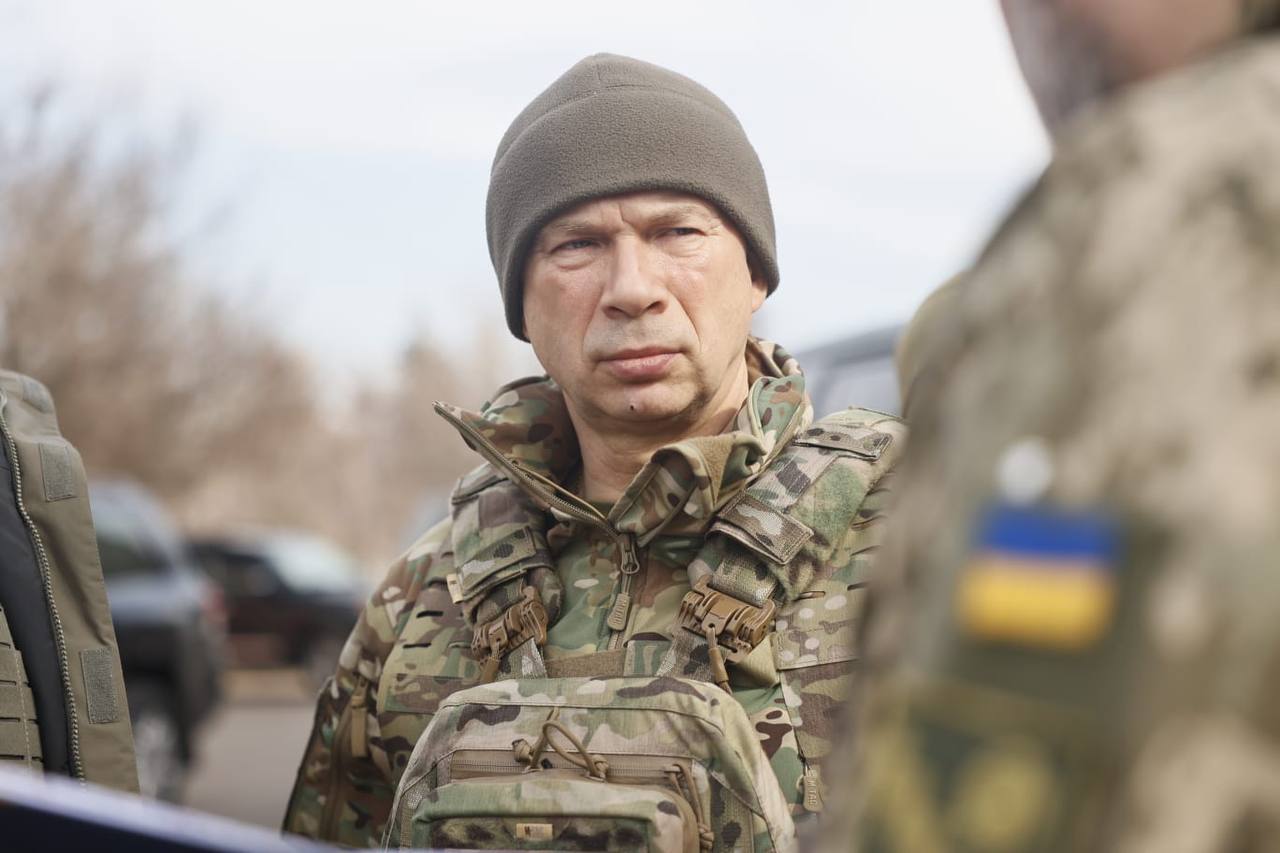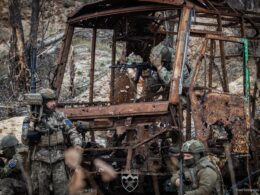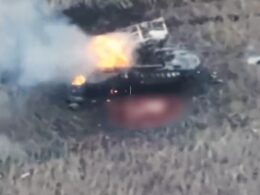In 2024, Russian troops suffered more significant losses than in the previous two years of the Russian-Ukrainian war combined, Commander-in-Chief of the Armed Forces of Ukraine Oleksandr Syrskyi stated in an interview with military correspondent Andrii Tsaplienko, according to Ukrinform.
“According to our estimates, Russian losses exceeded 434,000 personnel, including approximately 150,000 killed in 2024 alone. This year’s casualties surpassed those of the previous two years of the war,” Syrskyi said.
He also noted that the Russian army expanded by 140,000 soldiers last year.
“The enemy continuously expands its divisions. Just last year, their grouping grew by 140,000 personnel,” Syrskyi stated.
Syrskyi clarified that this figure includes only Russia’s armed forces, excluding additional troops such as North Korean soldiers, the National Guard, and other units involved in offensive operations.
When asked whether he believes in Ukraine’s victory, Syrskyi emphasized that he has not lost faith, noting that the country has endured even worse situations. He also highlighted his practice of meeting directly with advancing units to explain the purpose of each operation.
“For example, operations on Russian territory. Initially, some questioned their legality. I asked: Was it legal for them to attack us? How can we evaluate this through a legal lens during war? We strike where it benefits us and minimizes our losses,” he said.
Syrskyi described the Kursk operation as unprecedented, noting that the Russians were forced to defend their own territory.
“This was an extraordinary case when the aggressor nation had to defend its territory, destroying its settlements and diverting forces. They deployed 67,000 of their best troops, including remnants of 11,000 North Korean soldiers,” he stated.
He recalled that in May 2024, the Russians launched large-scale offensives on the Kharkiv front.
“We preempted the enemy by deploying reserves along the border from Sumy to Kharkiv and Vovchansk. They did not anticipate that we had brigades in reserve to restore combat readiness,” Syrskyi explained.
Russian forces had planned two primary strikes: one targeting Kharkiv with 43,000 troops near Belgorod and another aimed at Sumy with 26,000 soldiers. By June, Russia shifted to offensives, forcing Ukraine to devise strategies to divert its efforts from key areas.
“Through detailed analysis of their groupings and troop concentrations, we identified a weak point in the Kursk direction. We managed to withdraw three airborne assault brigades, along with several other brigades, restored their combat capabilities, reinforced them, and carried out this offensive operation,” Syrskyi explained.
He added that North Korean soldiers in Kursk Oblast rely on outdated Soviet tactics, which are ineffective in modern drone-dominated warfare but pose challenges to the Ukrainian military due to their numbers and motivation.
“They operate using Soviet tactics in platoons and companies, relying on mass attacks. Modern warfare, dominated by drones, is different, with smaller, specialized groups engaging in offensive and defensive actions.
However, when platoons or groups of up to a hundred soldiers attack from multiple directions, it can be problematic, especially given their courage and our ammunition shortages,” Syrskyi said.
Syrskyi estimated that 11,000–12,000 highly motivated North Korean troops were deployed to the front lines, but half of them had already been killed or wounded.
Related:
- EU’s Kallas warns against rushing Ukraine-Russia negotiations amid Trump’s push for talks
- No current prospects for peace talks between Ukraine and Russia, says Zelenskyy’s adviser
- Western leaders should stop speculating about Ukraine’s defeat, Polish PM Tusk urges
- Trump plans talks with Putin and Zelenskyy to end Russo-Ukrainian war





